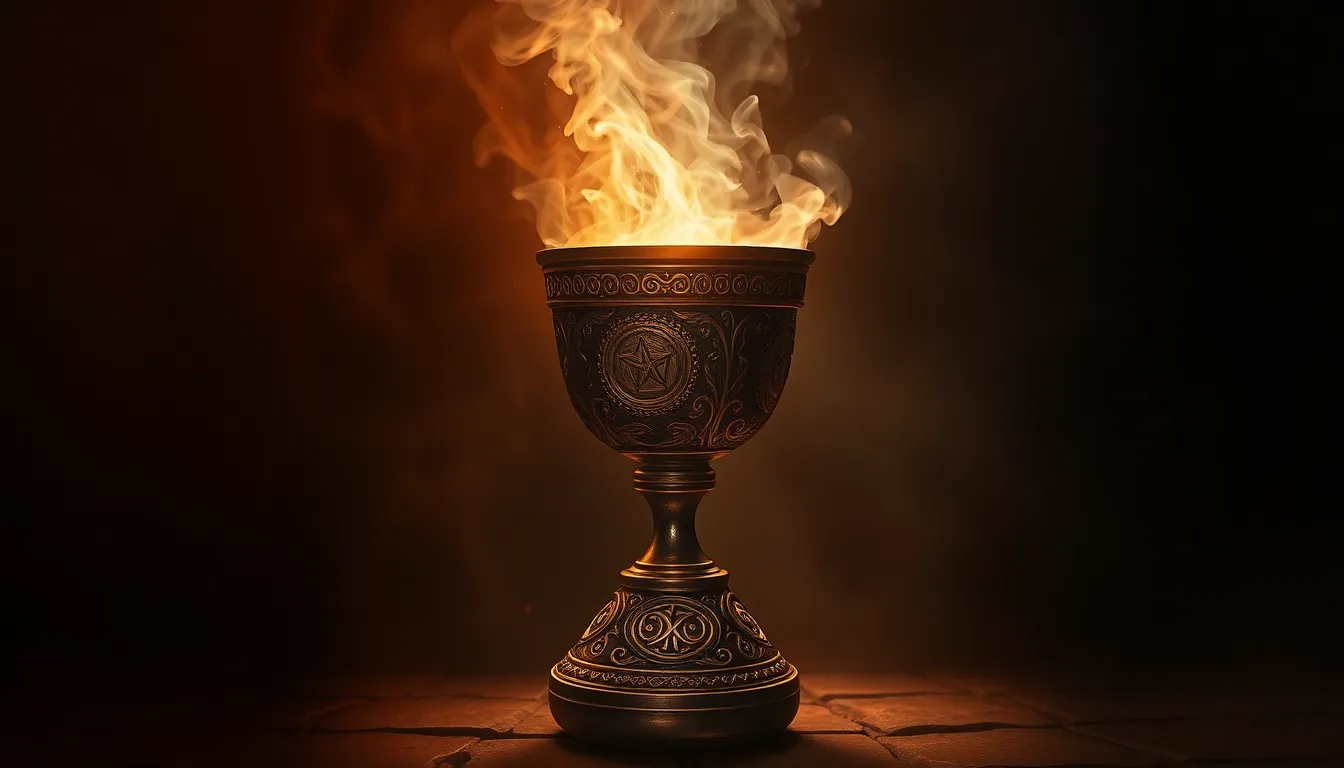The Symbolism of Crosses in Celtic Mythological Beliefs
Within Celtic mythology, the cross carries significant symbolism that transcends its Christian connotations. Let’s delve into the meanings associated with crosses in Celtic mythological beliefs.
1. Origins of the Celtic Cross
The Celtic cross, also known as the Irish cross or the Cross of Iona, is a cross featuring a ring, symbolizing the meeting of divine energies and the connection between the physical and spiritual realms. Initially appearing in the early Middle Ages, the Celtic cross uniquely blends Christian and pre-Christian Celtic motifs.
2. Symbolism of the Celtic Cross
In Celtic mythology, the cross represents the four cardinal directions, signifying harmony and the intersection of the physical and spiritual worlds. The circle on the cross symbolizes the sun, eternity, and the infinite nature of the universe, while the arms of the cross denote the intertwining of earthly and divine forces.
3. Crosses and Sacred Sites
Celtic crosses are often found in ancient sacred sites across Ireland, Scotland, and other Celtic regions. These crosses not only mark the boundaries of consecrated ground but also serve as symbols of protection, guidance, and spiritual energy, honoring the deities and ancestors of the Celts.
4. Continuation of Tradition
While the meaning of the Celtic cross has evolved over time, its significance in Celtic mythological beliefs endures. Today, Celtic crosses remain potent symbols of faith, unity, and the interconnectedness of all beings, reflecting the enduring legacy of Celtic spirituality.
FAQ: The Symbolism of Crosses in Celtic Mythological Beliefs
What is the significance of crosses in Celtic mythology?
In Celtic mythology, crosses are often seen as symbols of protection, unity, and the intersection of the physical and spiritual realms. They are believed to ward off evil spirits and bring blessings to those who wear or display them.
Do crosses have different meanings in Celtic culture?
Yes, crosses in Celtic culture can vary in meaning depending on their design and the specific Celtic tradition. For example, the Celtic Cross, with its circle intersecting the cross arms, symbolizes the unification of the earthly and divine, as well as the cyclical nature of life and eternity.
How are crosses incorporated into Celtic rituals and traditions?
Crosses are often used in rituals like handfasting ceremonies, where couples bind their hands with a cross-adorned ribbon to symbolize their union. Crosses are also commonly found in Celtic art, jewelry, and architecture, serving as potent symbols of faith, protection, and spiritual connection.


